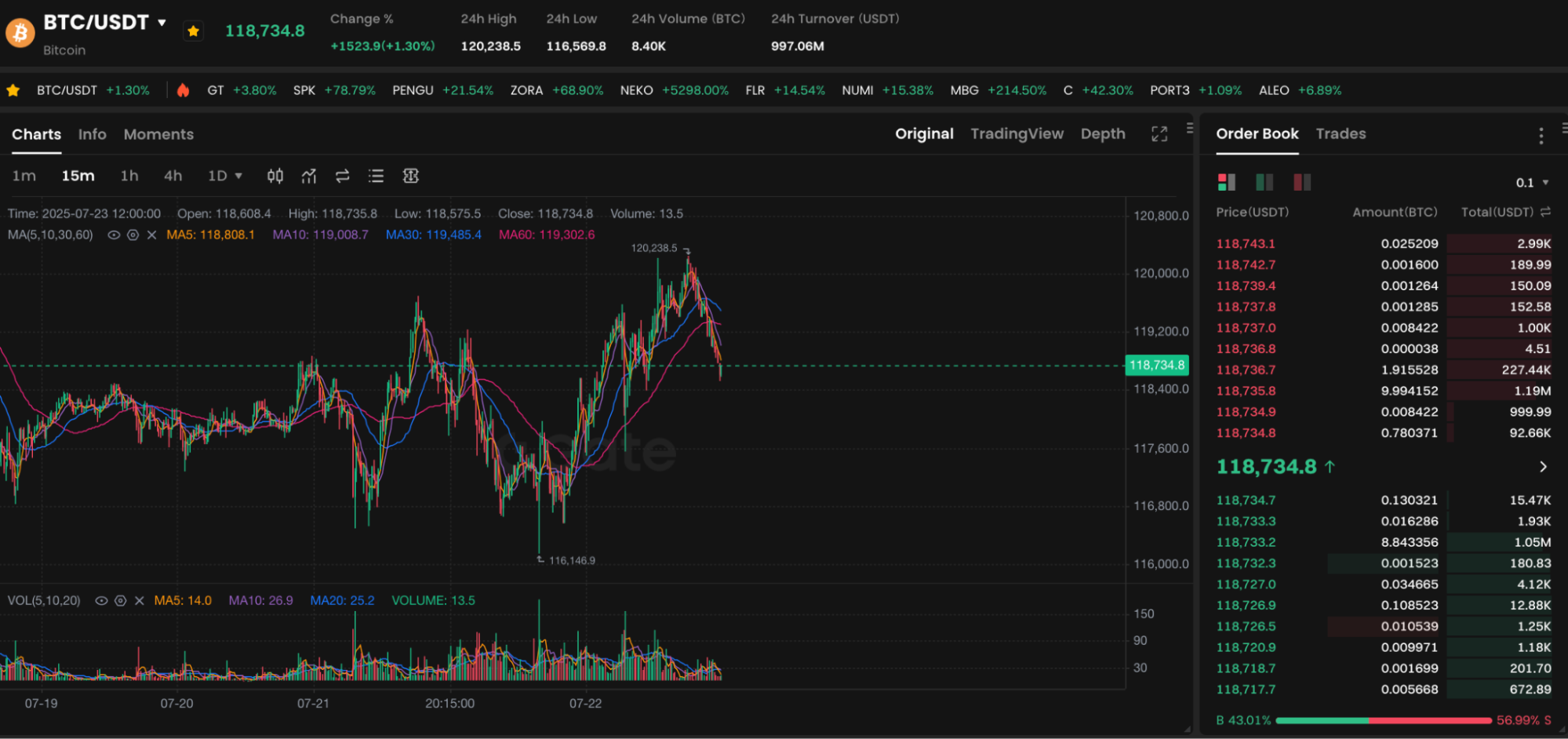Riding the Institutional Capital Wave: In-Depth Analysis of Bitcoin ETF Inflows
1. Introduction to Bitcoin ETF Inflows
“Bitcoin ETF inflows” refers to the amount of capital flowing into the market as investors purchase shares of Bitcoin-related exchange-traded funds (ETFs) on public exchanges. Following the approval of the first U.S. spot Bitcoin ETFs in early 2025, both institutional and retail investors can participate with ease, accelerating the convergence of digital assets and traditional finance.
2. Latest Inflow Data and Trends
Last week, U.S. spot Bitcoin ETFs posted inflows totaling $4.36 billion, while comparable products in Hong Kong attracted just $14.1 million—a dramatic disparity that highlights robust demand for Bitcoin among U.S. institutions. Cumulative inflows over the past six weeks have topped $10.5 billion. Total assets under management are nearing $152 billion.
On July 22, however, the market saw a brief bout of profit-taking, resulting in a single-day net outflow of $131 million and ending a 12-day streak of consecutive net inflows. Such short-term volatility is typical of healthy market corrections; investors should prepare psychologically for these fluctuations.
3. Institutional Investor Trends
Among all ETFs, BlackRock’s iShares Bitcoin Trust (IBIT) has emerged as the clear leader, holding 697,000 BTC as of mid-2025—more than 55% of all U.S. Bitcoin ETF inflows. Additionally, several hedge funds and major family offices have increased allocations to spot ETFs, gaining direct exposure to Bitcoin. This has driven its adoption as a mainstream asset.
4. Impact on Market Price

Chart: https://www.gate.com/trade/BTC_USDT
As of July 23, 2025, the spot price of Bitcoin was $118,955.80—an increase of 2.41% from the previous day and over 13% higher over the last 30 days. There is a strong positive correlation between large-scale capital inflows and rising prices. In particular, during periods of sustained inflows, Bitcoin’s price tends to remain strong and reinforce a virtuous cycle.
5. Investment Recommendations and Risk Disclaimer
- Gradual Entry: During periods of sustained inflows and price increases, consider building positions gradually rather than investing all at once to reduce the risk of buying at the peak.
- Watch for Outflow Signals: When ETFs experience significant outflows or large-scale profit-taking, promptly reassess your positions.
- Risk Control and Profit-Taking: Set price or value targets for taking profits, and maintain liquidity so you can respond to sudden market swings.
- Long-Term Perspective: Large institutional allocations reflect recognition of Bitcoin as digital gold. However, short-term price swings remain pronounced—be prepared to hold patiently.





